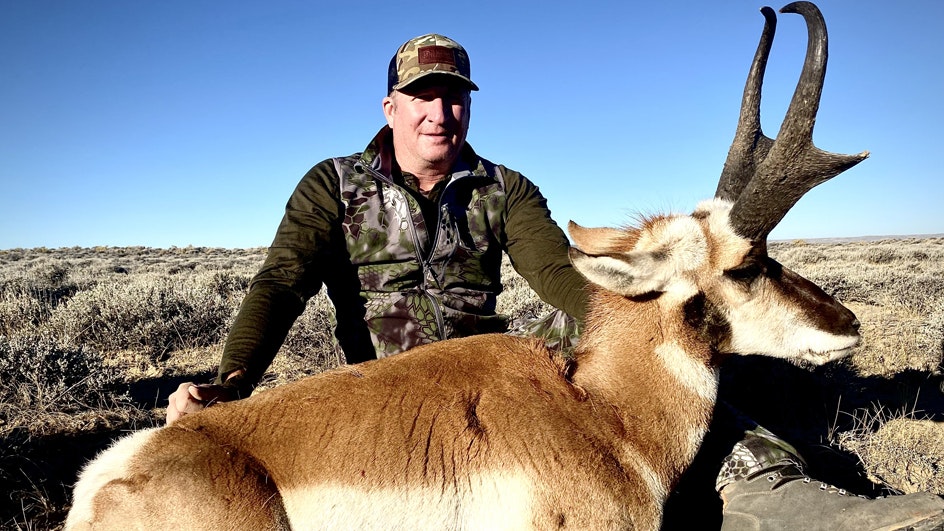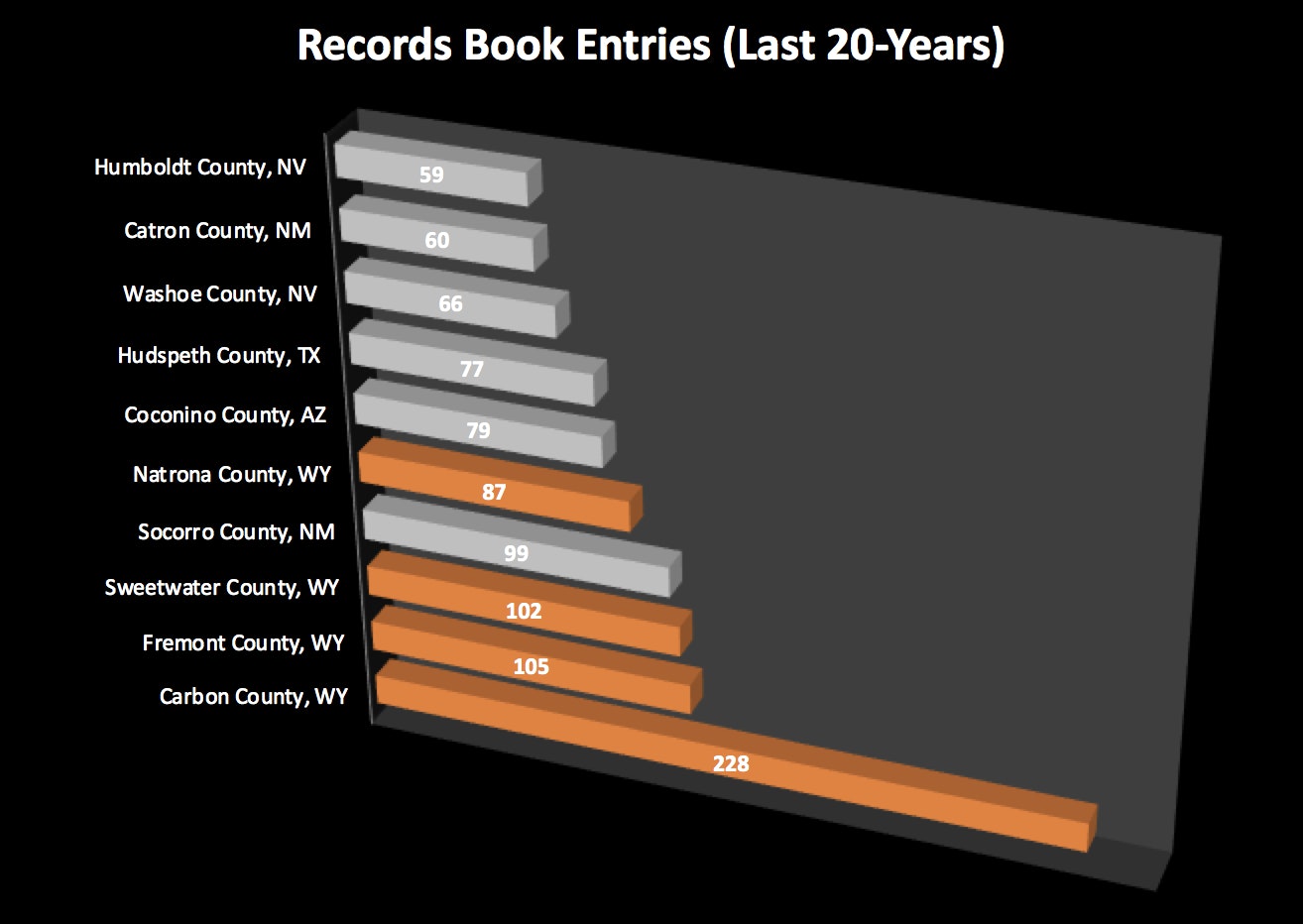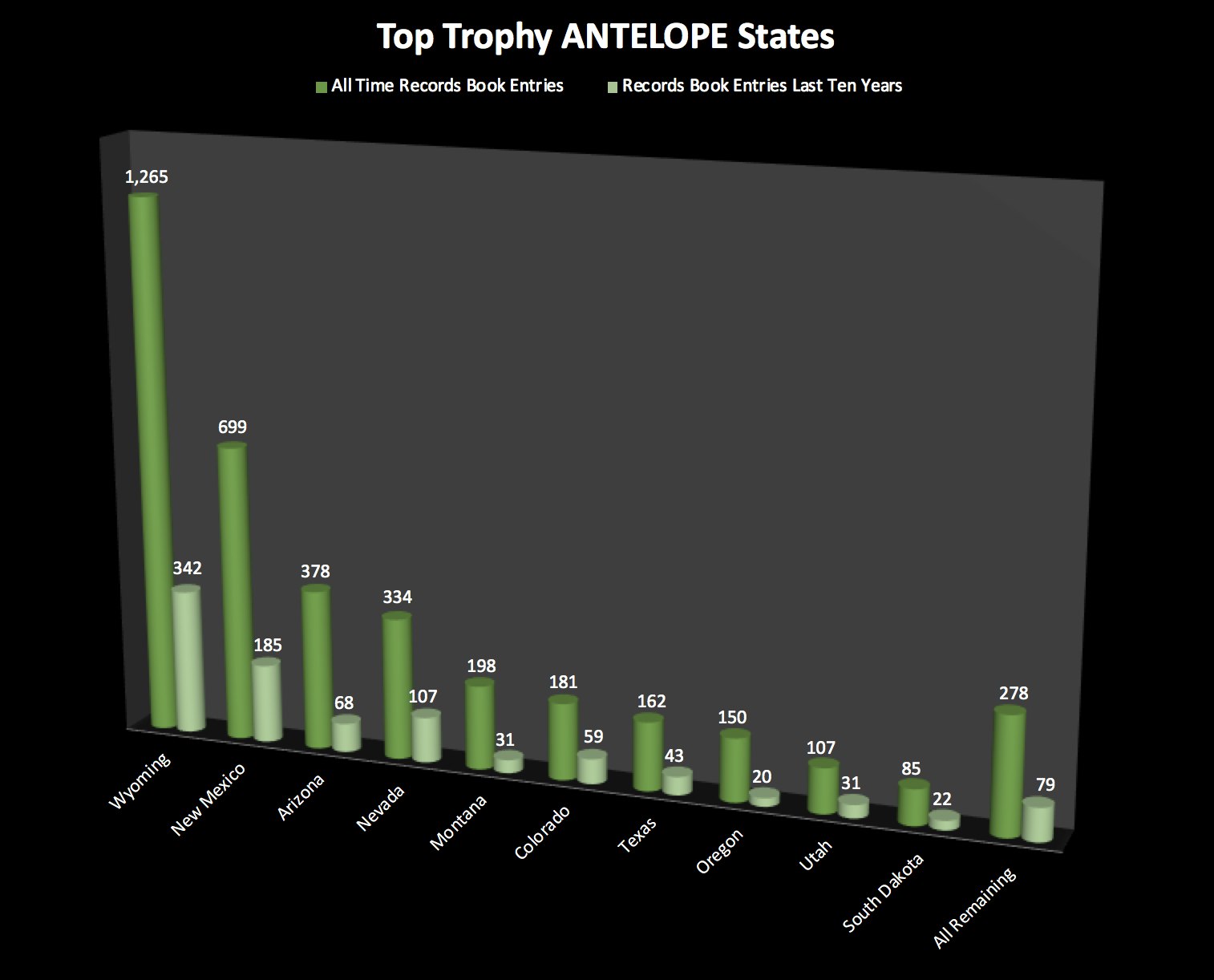To the casual observer, what's been happening in central and south-central Wyoming this winter seems bad enough - tens of thousands of antelope and deer are freezing or starving to death on rangeland locked under several feet of hardened snow.
But it's far worse than that, one of Wyoming's top big game hunters, Guy Eastman of Powell, told Cowboy State Daily.
This cruelest of winters is relentlessly diminishing a wildlife treasure like no other on earth into piles of frozen carcasses. Wyoming's legacy as a world-class hunting and wildlife watching destination lies scattered across lonely places that as of late have gotten just too damn cold and windy for hope.
"Those are the most premier antelope herds in the entire world," Eastman said. "From a wildlife perspective, in those respective species, antelope and mule deer, it's a catastrophic loss for the entire North American continent when you're talking about herds that are that prestigious."
Like Nothing In Our Lifetimes
Eastman is the editor-in-chief of Eastmans' Publishing Inc., a Powell-based media company that specializes in stories and videos about fair chase Western big game trophy hunting.
In the core of Wyoming's antelope habitat, places such as the Rawlins-Red Desert region, or in the country around Baggs, it's been predicted that as many as 50-80% of the antelope won't survive the winter. And as many as half of the deer could die.
"If those numbers are true, or come out to be true, then it's on a scale the likes of which we've never seen in most of our lifetimes," Eastman said.
From The Best To The Worst
Last fall near Wamsutter, Eastman killed a record-book sized antelope buck, and heard similar success stories from numerous other hunters and outfitters.
"Last year was a banner year for trophy antelope," he said.
But no such success can be counted on in fall 2023. Given the magnitude of winterkill, it's almost a given that antelope tag allotments will be slashed across many of Wyoming's prime hunting areas.
"We're coming off a record year and going into a catastrophic year," Eastman said. "Welcome to wildlife management in Wyoming."
B&C Powerhouse
Eastman's Wamsutter buck scored roughly 84 inches, according to Boone and Crockett (B&C) measurement standards. Well more than enough to make the B&C record books.
B&C is widely considered to be the world's premier trophy game hunting and conservation organization. Making the record books, or "killing a book buck" is a dream that many hunters aspire to, but few achieve.
Wyoming isn't known for the largest monster antelope, Eastman said. World record bucks have come from Arizona or New Mexico. The current world record buck was killed in New Mexico in 2013, and measured a whopping 96 4/8 inches, according to B&C.
Habitat Like Nowhere Else
However, what Wyoming has that no other state does is sheer volume, Eastman said. That's why in terms of the number of "book bucks" taken, Wyoming eclipses every other state where antelope live.
"New Mexico is number two, and by quite a ways. If you subtract New Mexico, Wyoming has more antelope in the record books than all of the other states combined," Eastman said.
"Carbon County, Wyoming, that single county, has more B&C antelope entries than the entire state of Montana," he added.
It boils down to habitat, he said.
"Most areas in other states that carry antelope just have spotty habitat," he said.
But central Wyoming, as well nearly the entire Interstate 80 corridor from Rawlins westward is a pronghorn paradise, he said.
"Down there in that corridor, the entire thing is prime antelope habitat. Almost every square inch of it," Eastman said.
"Hunting antelope in Wyoming is so great because there is so much action," he added. "When it's good down there (in the I-80 corridor) you can look at 200 bucks a day. You go to Arizona, and if you see six or seven bucks a day, you're doing good."
Deer In Jeopardy Too
Much of that prime antelope habitat is also great mule deer habitat, and Wyoming has a reputation for monster muley bucks as well, Eastman said.
"Of the top counties for big buck mule deer in the entire country, Wyoming has two of them - Carbon County and Lincoln County," he said.
He added that he's concerned about survival rates among the Wind River and Wyoming range mule deer herds, two of Wyoming's best.
"They winter right down in the nucleus of this mess" where conditions have been the worst, he said. "This is just like dropping an anvil on their heads."
Terrible Present, Bright Future
There are some "silver linings" to all the bad news, Eastman said. This year's heavy snow should mitigate years of drought in the low country. So, those animals that do survive will have plentiful fresh forage on which to fatten back up.
And the winterkill might thin out some of the animals infected with chronic wasting disease and other maladies, he said.
"I'm hoping it will cure some of the issues we've been having with disease and habitat degradation," Eastman said.
Antelope herds should bounce back quickly he said. Does frequently have twins, or even triplets, and the males can grow into trophy-sized bucks within about four years.
For deer, it might take longer, up to seven years, Eastman added.
And some specific spots -- basins in the foothills or mountains that held pockets of mule deer -- might be empty for a while, he said.
"That's what makes it sad. You're having entire basins of deer dying because they all wintered together and now they are dying in a bunch together," Eastman said. "So, we could have a void for better part of a decade in some of these basins, until more mule deer find their way back in there."
Mark Heinz can be reached at: Mark@CowboyStateDaily.com







